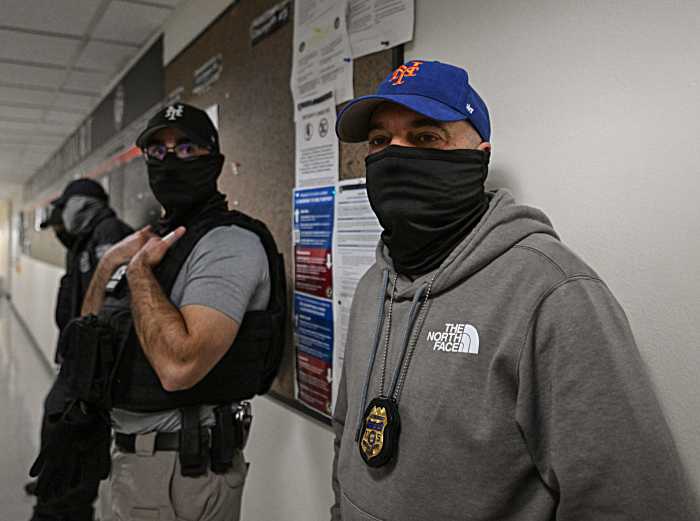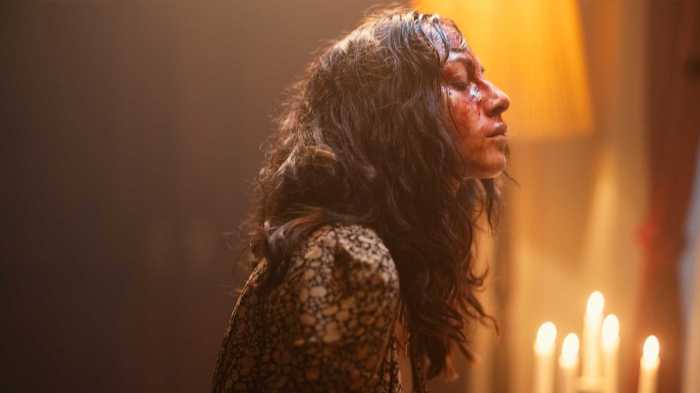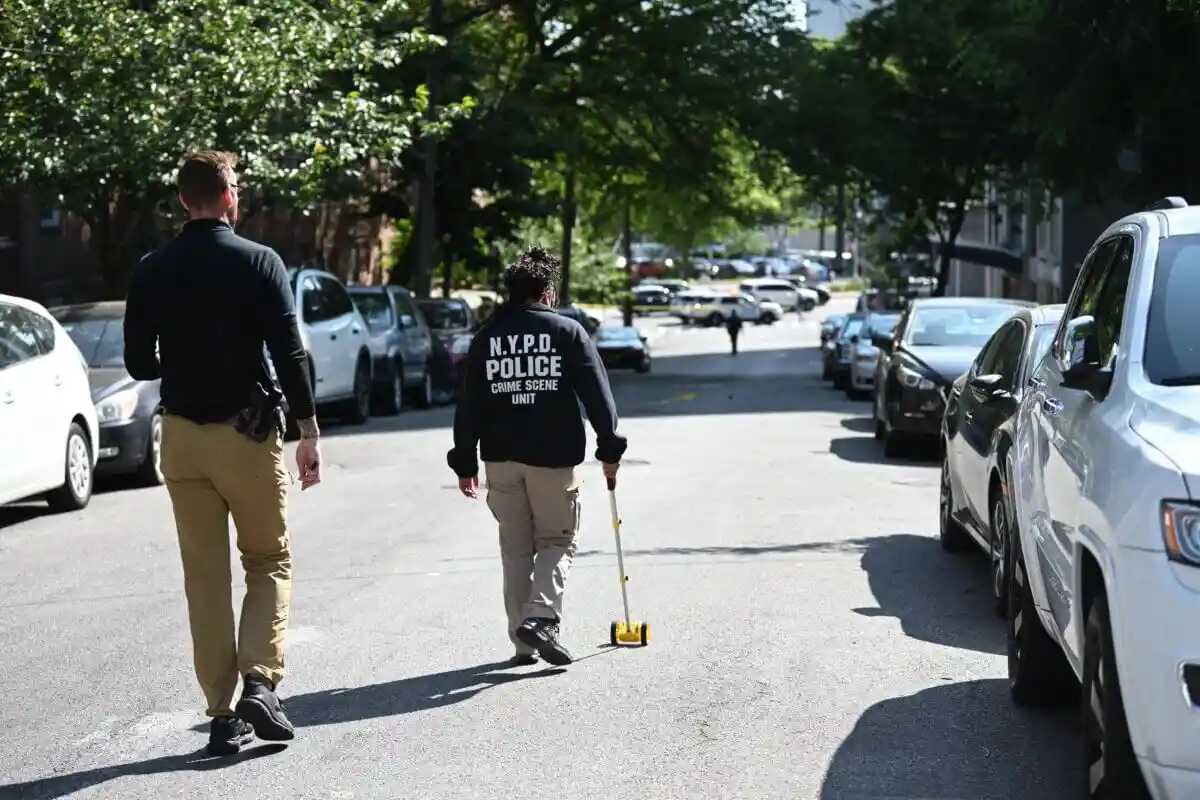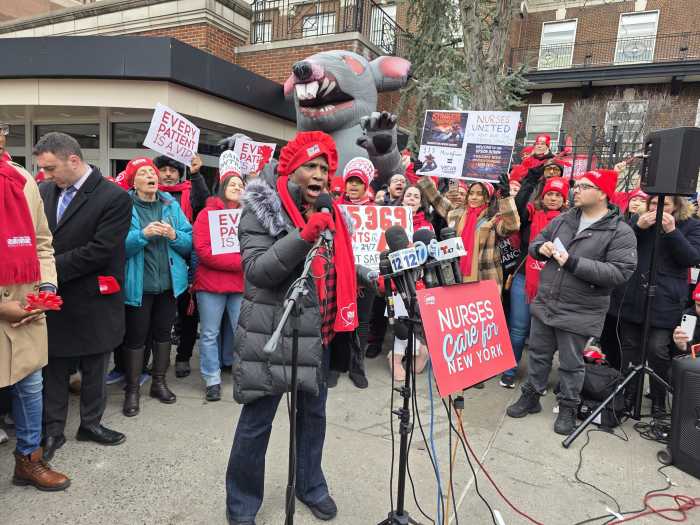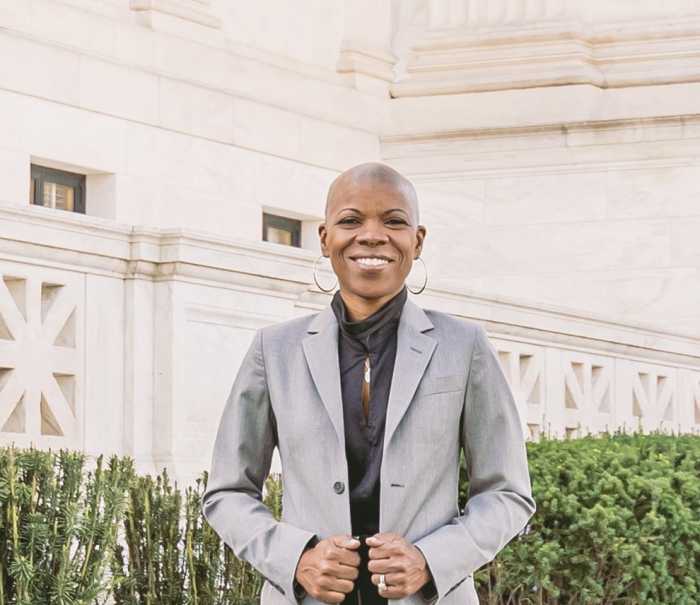It was airless and humid the night I heard.
My bedroom walls obscured by Duran Duran posters. On the floor, I’d made a pile of clothing and books for college. The phone rang from under it.
My memory conjures what happened in staccato-like frames, like a GIF that moves only seconds before disappearing. A friend’s voice says, “Someone found her in Central Park. They think she was murdered.” I try to speak, but can’t. Next, I’m on the floor. My mother stands over me with the phone in her hand, and I sob.
The killing of Jennifer Levin sparked national debates about under-age drinking, promiscuity and the rise of tabloid news. For me, the incident was a brutal personal loss.
Jen and I had been friends since the fourth grade, and the enormity of her death was overwhelming.
A murder, replayed in the tabloids
Jen’s killing was underscored by misinformation and sensationalism, as if it was the plot of a Victorian penny dreadful: the scandalous tid-bits, the hysterical it-could-have-been-me’s.
Grieving privately was impossible because Jen stared out from every magazine and television screen. At first, she was “Jenny,” all-American model. Next, she was the equally fictitious siren, picking up men in bars.
Her attacker, Robert Chambers, was described in articles as a saintly altar boy instead of a drug-dealer expelled from school. No one came to Jen’s defense.
But there was the real Jen.
As a child she, like me, didn’t fit in. She was a troublemaker who, on the whole, made little trouble. She was mischievous but kind, with a wicked sense of humor. Pretty, she was more tomboy than coquette. She sometimes acted the angry child of divorce, yet had good-natured laughter in her eyes, and was never mean, an anomaly in a sea of schoolyard bullies.
During recess at our junior high on Long Island, I would sit, my face behind a book, trying to look invisible. One day, Jen walked over and said, “Don’t worry, I won’t let them bother you.”
We lost touch after she moved to Manhattan to live with her father, a decision that surprised me since Jen was close to her mother and sister. But neither of us were happy where we lived, and I was envious she found a way out.
Years later, I tagged along with a friend to a party in SoHo, then a bohemian art hub. The iron elevator of the former factory opened: there was Jen, standing in her dad’s loft. She looked more polished than she used to, but she screamed and hugged me, laughing as if we were still 12 years old.
From the moment I learned of Jen’s killing, sudden adulthood commenced through grief and shock. My innocence was worn away by reliving “The Preppy Murder” through explicit, relentless scandal masquerading as news, broadcast into America’s living rooms. These days, there’s nothing shocking in this. But we did not have smart phones, then; ordinary people didn’t bare their secrets on TV; there was no Google to fact-check.
When Chambers’ lawyers’ smear campaign against Jen grew, I called the Manhattan D.A.’s office to speak to Linda Fairstein, the assistant D.A. prosecuting the case. My heart was racing. “I have information about Robert Chambers.”
A few hours later, Mike Sheehan came to my apartment. A big, tough but warm Irish cop, he was like a character out of a detective series. He would, years later, reinvent himself as a reporter and television crime show developer, just as Fairstein would become a legal consultant for CNN and write dozens of novels.
Sheehan, looking at his notepad, said, “After we made a few calls, it was clear Jennifer’s friends wouldn’t speak to us.”
“I’ll speak to you,” I said, “if you tell me what really happened to her.”
Sheehan raised his eyes. “You don’t want to know.”
“Yes I do.”
That day, I learned what hadn’t been reported in the news: that Jen’s body was brutalized in a way that did not belie a consenting sex act; that, in fact, the nature of multiple wounds and evidence found for 25 feet around the crime scene proved her attempts at escaping a ferocious attack.
I told Sheehan that Chambers burglarized apartments and sold drugs; that he had once broken the arm of his girlfriend. Drug charges would contribute to additional years on the sentence he eventually served, but nothing I said did anything to change the public’s view of Jen, or of Chambers at the time.
Jen’s reputation was dragged through the mud, as Chambers had dragged her across the knoll in Central Park. That detail never made the news, as it was deemed too upsetting.
The jury deliberated over a “rough sex defense,” and the prosecution accepted a plea bargain for first-degree manslaughter with a meager 5-to-15 year sentence, less than the sentence he is now serving for dealing drugs after his 2003 release.
The real Jen wasn’t in the news
It took me a year to be able to visit Jen’s grave.
It was a beautiful day. The plot was easily visible, welcoming and open as Jen had been. Her headstone read: A Free and Loving Spirit. There were little stones placed along the top and some on the ground where older flowers lay wilted: the remnants of those who loved her.
I cleared the dead flowers and a clump of weeds, and placed pale-pink roses down. I stood alongside the grave.
Thinking of Jen’s vibrancy and warmth, I changed my mind and laid down the length of the plot. I closed my eyes and pressed my cheek to the grass as if hugging her.
I said, “Jen, it’s me. Thank you for coming to visit me. I’m sorry I couldn’t visit you sooner. I’m so sorry.”
Erica-Lynn Huberty is an author who lives on Long Island.




